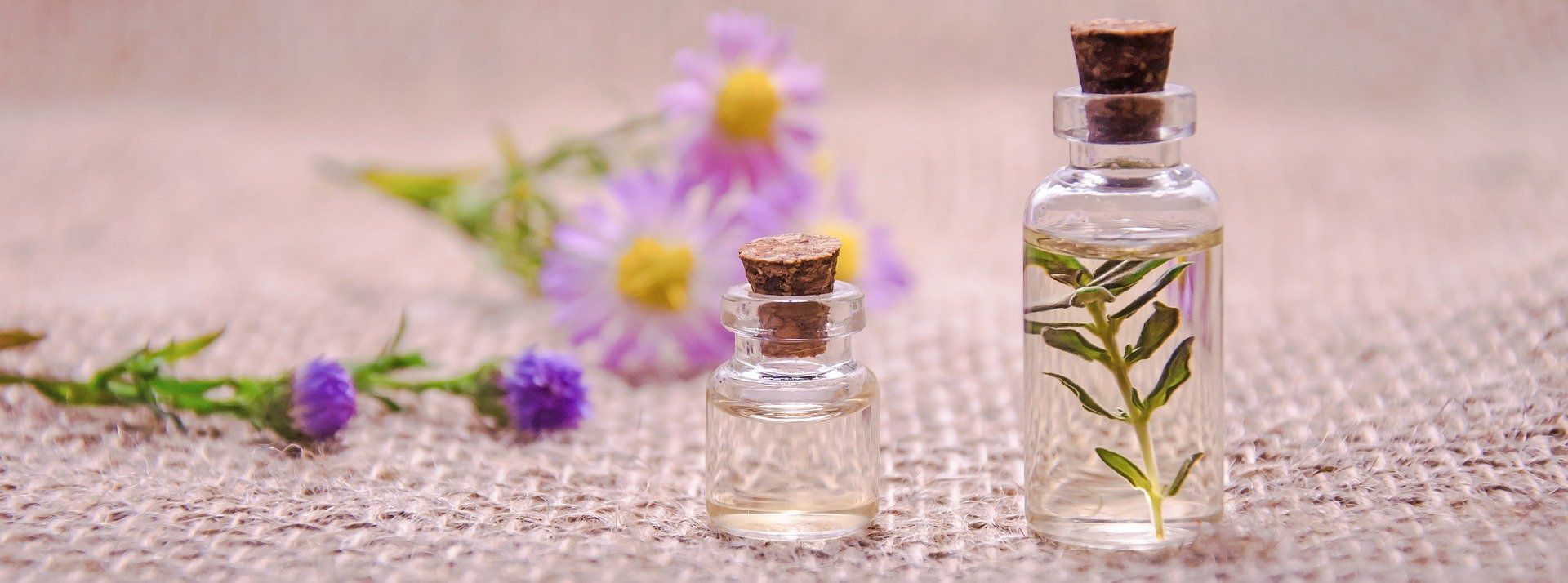
Learn in our blog: how aromatherapy works?
As you can see from the wide variety of blogs out there, there is a huge and growing interest in essential oils!
People want to know all about them—how aromatherapy works, what they are, what kinds of benefits they offer, how to use them safely, and more.

Aromatherapy blogs, written by Certified Aromatherapists offer an excellent source of information.
Seeing that the author is a Certified Aromatherapist can help readers wade through the vast amount of material that is present online (some of it misleading . . .)
You can learn more about the Aromatherapy Certification Program.
- Using essential oils for children
- Where essential oils come from
- The science and chemistry of essential oils
- Essential oil safety: what is rumor and what is fact?
- Essential oils for sleep and stress relief
- Which essential oils for energy
- Using Aromatherapy in a spiritual practice
- Using Aromatherapy in a physical practice (like yoga!)
- Aromatherapy and massage therapy
- Essential oils and pain relief
- The latest essential oil research
According to Medical News Today, part of Healthline Media UK, is one of the fastest growing health information sites in the United States.
Every month, more than 70 million people come to Medical News Today for our in-depth health content and the latest news in medical research.
Consider us your intellectual peer. We unravel the complexities of health information and make it easy to understand.
We take a deep dive into medical research of the past and present, and we break it down to give you the clear-cut facts.
Ultimately, we want you to be confident in making informed health decisions for yourself and your loved ones.
Using peer reviewed studies and reputable sources, our knowledgeable and curious editors and writers create more than 250 pieces of content every month.
Aromatherapy is the use of essential oils to support health and well-being—whether that means cleaning the house, recovering from a cold, sleeping more soundly at night, or any number of benefits!
Aromatherapy, or essential oil therapy, refers to a range of traditional, alternative or complementary therapies that use essential oils and other aromatic plant compounds.
Normally used through inhalation or as a topical application.
Inhalation:
the oils evaporate into the air using a diffuser container, spray, or oil droplets, or breathed in, for example, in a steam bath.
Apart from providing a pleasant smell, aromatherapy oils can provide respiratory disinfection, decongestant, and psychological benefits.
Inhaling essential oils stimulates the olfactory system, the part of the brain connected to smell, including the nose and the brain.
Molecules that enter the nose or mouth pass to the lungs, and from there, to other parts of the body.
As the molecules reach the brain, they affect limbic system, which is linked to the emotions, the heart rate, blood pressure, breathing, memory, stress, and hormone balance.
In this way, essential oils can have a subtle, yet holistic effect on the body.
Topical applications:
massage oils, and bath and skin care products are absorbed through the skin.
Massaging the area where the oil applies can boost circulation and increase absorption.
Some argue that areas that are richer in sweat glands and hair follicles, such as the head or the palms of the hand, may absorb the oils more effectively.
Essential oils, never applied directly to the skin. They must always be diluted with a carrier oil.
Usually, a few drops of essential oil to an ounce of carrier oil is the concentration.
Most common carrier oils are sweet almond oil or olive oil.
To do an allergy test:
- Dilute the essential oil in a carrier oil at twice the concentration you plan to use
- Rub the mixture into an area the size of a quarter on the inside of the forearm
If there is no allergic response within 24 to 48 hours, it should be safe to use.
Some people report developing allergies to essential oils after using them many times before. If a new allergic response appears, the individual should stop using it immediately and avoid its smell.
To achieve a 0.5 to 1 percent dilution, use 3 to 6 drops of essential oil per ounce of carrier. For a 5 percent dilution, add 30 drops to one ounce of carrier.
A maximum concentration of 5 percent is generally considered safe for adults.
Ingesting, or swallowing, essential oils is not recommended. Taken by mouth, the oils can damage the liver or kidneys.
They can also lead to interactions with other drugs, and they can undergo unexpected changes while in the gut.
Benefits in how aromatherapy works:
Aromatherapy is a complementary therapy. It does not provide a cure for diseases, rashes or illnesses, but it can support conventional treatment of various conditions.
A eucalyptus vapor bath may relieve symptoms of a cold or flu.
It shows to reduce:
- Nausea
- Pain and body aches
- Anxiety, agitation, stress, and depression
- Fatigue and insomnia
- Muscular aches
- Headaches
- Circulatory problems
- Menstrual problems
- Menopausal problems
- Alopecia, or hair loss
Some types of psoriasis may find relief with aromatherapy, but a healthcare professional should advise about use and application.
Digestive problems may benefit from peppermint oil, but it should not be ingested.
Tooth ache and mouth sores relieve by clove oil, but this, too, should only be applied topically and not swallowed.
Supporters claim that these and a wide range of other complaints respond well to aromatherapy, but not all of the uses are supported by scientific evidence.
At the end of this post I´d just like to invite you to take a look to our Aromatherapy section and see how many choices we´ve got.



